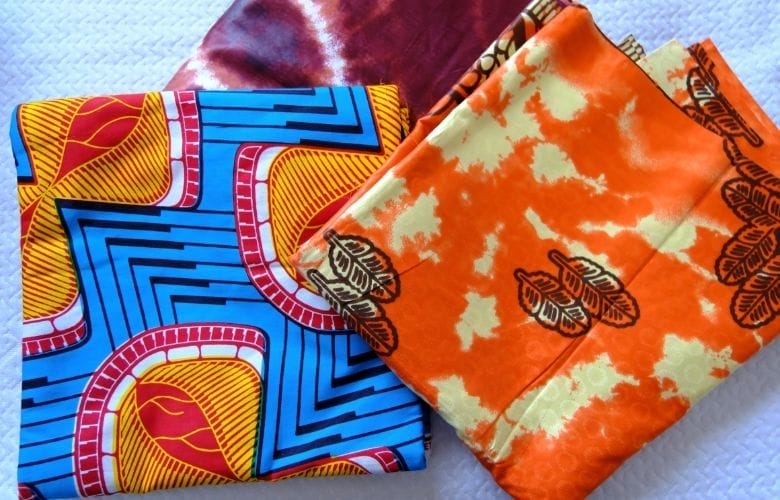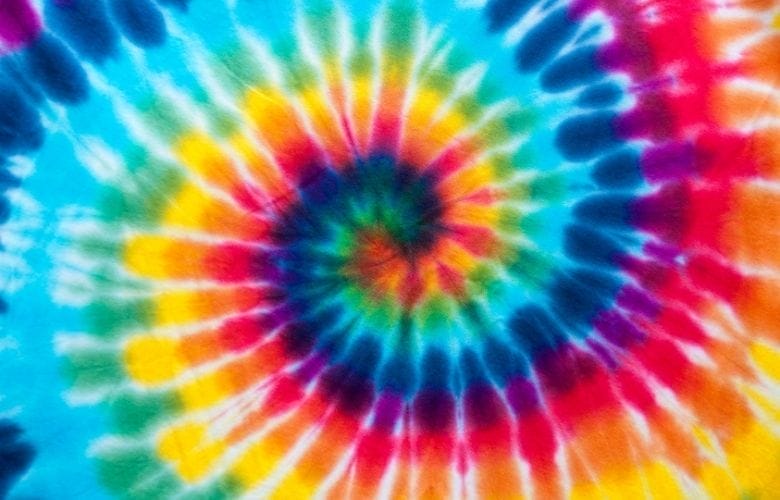Blog
Different Types of African Fabrics and Their Cultural Meanings
African fabrics have long been celebrated for their rich history, cultural significance, and stunning beauty. From vibrant prints to intricate patterns, these textiles are not only a staple in African culture but have also made their mark in global fashion, particularly in the UK and Europe.
Behind the Pattern
At its core, African fabric is a visual language. Each textile tells a story, with colours and patterns representing anything from historical events and proverbs to a person’s social status. This deep cultural heritage makes them central to life across the continent, playing a crucial role in ceremonies, rituals, and daily life. Wearing these fabrics is a way of proudly displaying one’s roots and connecting with a collective history.
In many African communities, textiles play an important role in cultural and religious rituals. Fabrics such as Kente are used in weddings, while others are worn for celebrations or even as a means of communicating status and identity. Beyond their cultural roles, African fabrics are now making a significant impact on global fashion, with European designers increasingly embracing their bold patterns and vibrant colours..
Different Types of African Fabrics
1. Ankara (Wax Prints)
Perhaps the most globally recognised African textile, Ankara, or African wax print, is famous for its vibrant colours and bold, repeating patterns. Its surprising history traces back to Indonesian batik, which was mechanised by Dutch traders. While initially intended for the Indonesian market, it found its true home and a passionate audience in West Africa, particularly in Nigeria and Ghana. Today, its versatility makes it a favourite for everything from bespoke fashion to home furnishings.

2. Kente
Hailing from Ghana, Kente is a truly royal fabric. Woven in narrow strips by the Akan and Asante people, it was once exclusively worn by kings and queens during ceremonies. The true beauty of Kente lies in its symbolism; every colour and pattern has a meaning. For example, gold represents wealth and royalty, green signifies growth, and red symbolises sacrifice. It’s not just a garment; it’s a sacred text of proverbs and historical records.

3. Mudcloth (Bògòlanfini)
From Mali, Bogolanfini, or Mudcloth, is a testament to the art of natural dyeing. This handmade fabric is decorated using a complex process of fermented mud and plant-based dyes. The unique, earthy tones and abstract patterns are deeply symbolic, often referencing historical events or proverbs. In the UK, its minimalist aesthetic and natural feel have made it a popular choice for home decor, seen in everything from cushions to wall art.

4. Adire
A traditional Nigerian textile from the Yoruba people, Adire means “tie and dye.” This fabric is created by applying a resist to cotton cloth before dyeing it in rich indigo. The methods can range from simple tying and stitching to painting with a cassava starch paste, each resulting in distinctive and beautiful patterns.

5. Shweshwe
Known as the denim of South Africa, Shweshwe is a printed cotton fabric characterised by intricate geometric patterns, primarily used in South Africa and neighbouring countries. Originally an indigo-dyed cloth, it has become a staple of Southern African style. Historically, it was a fabric of choice for the working class, but today it is a symbol of pride and cultural heritage. It is worn for special occasions, cultural festivals, and daily life, representing a proud national identity.
Modern Adaptations and Uses
African fabrics have experienced a global resurgence, particularly in fashion. Designers in the UK and Europe are increasingly incorporating African textiles into their collections, creating modern twists on traditional designs. African prints are seen on runways, from high-end fashion shows to streetwear.
Some of the world’s leading designers have turned to African fabrics for inspiration. From luxury brands to independent designers, there is a growing appreciation for these textiles, and African designers are also gaining international recognition for their innovative use of local fabrics.
For those looking to add a touch of special fabric to their collections, check out this hotel bed linen manufacturer. Whether for hotel or home textile, they provide a wide range of high-quality fabrics sourced from around the globe.

FAQs
How is African wax print fabric made?
African wax print fabric is created using a resist-dyeing technique where wax is applied to cotton fabric before it is dyed in vibrant colours. The wax prevents the dye from penetrating certain areas, resulting in intricate patterns.
How to soften African wax print fabric?
To soften African wax print fabric, wash it several times in cold water with a mild detergent. You can also add fabric softener or gently tumble dry it on low heat to make it more flexible.
What is African fabric called?
African fabric can refer to a variety of textiles, with the most popular being Ankara (also known as wax prints), Kente, Mudcloth (Bògòlanfini), Adire, and Shweshwe.
What is African wax fabric?
African wax fabric, often called Ankara or wax print, is a cotton fabric with vibrant, colourful patterns created using a wax-resist dyeing technique. It’s widely used in African fashion and home décor.
How to wash African fabric?
African fabric should generally be washed in cold water with mild detergent. Hand wash or use a gentle machine cycle to preserve the fabric’s colour and texture. Avoid hot water, as it can cause shrinkage or fading.
How do I care for African fabrics?
Most African fabrics, particularly cotton prints, should be hand-washed or machine-washed on a gentle, cold cycle. To prevent fading, wash them inside out and avoid direct sunlight when drying.
What are the differences between various African fabrics?
The main differences lie in their origin, production method, and symbolism. Ankara is a wax-printed fabric with roots in Indonesia, while Kente is a handwoven Ghanaian textile with a royal history. Mudcloth is a hand-painted Malian fabric using fermented mud, and Adire is a Nigerian tie-dyed cloth.
Conclusion
African fabrics are more than just textiles—they are an integral part of the continent’s rich cultural heritage and an exciting trend in global fashion. Embrace the beauty and significance of African textiles, and explore how they can fit into your modern lifestyle.
Conclusion
African fabrics have long been celebrated for their rich history, cultural significance, and stunning beauty. From vibrant prints to intricate
Leave a Comment

 Nov 27, 2025
Nov 27, 2025 
